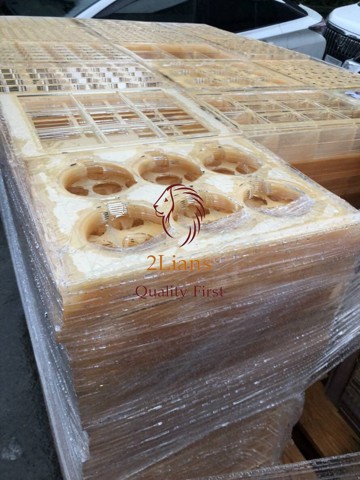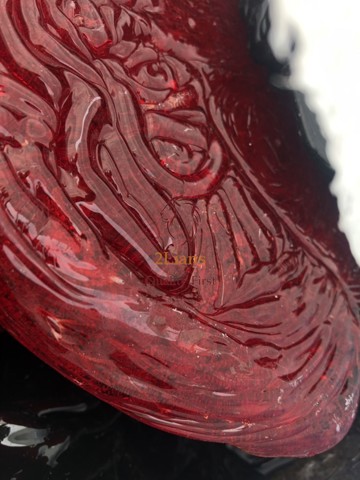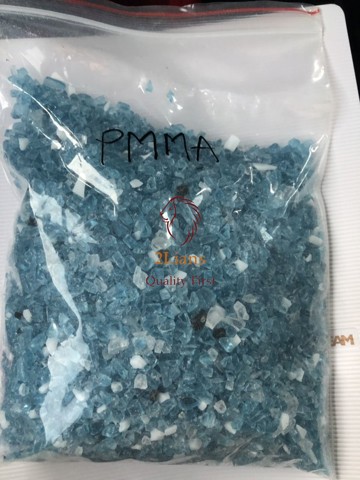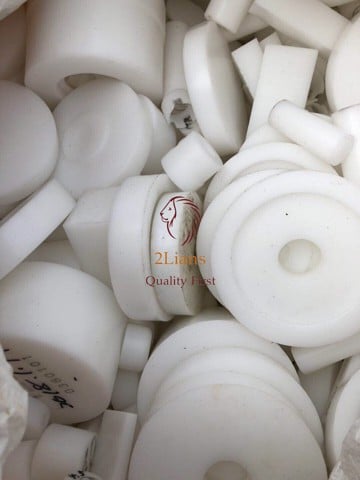0
Your cart is empty
T/T: A telegraphic transfer (T/T) is an electronic method of transferring funds utilized primarily for overseas wire transactions. Telegraphic transfers are also known as telex transfers, abbreviated T/T; T/Ts can also refer to other types of transfers.
L/C: An L/C at sight is a letter of credit (L/C) that is payable immediately – within five to ten days – after the seller meets the requirements of the letter of credit.






HIPS Roll
Thermoplastics PS has two representatives, GPPS and HIPS. In particular, PS HIPS plastic is the most popular to many advantages and applications. HIPS belongs to the group of hard, transparent resins that are easy to create color, processed by laminating film lamination and easy laminating technology.
What is HIPS PLASTIC ?
HIPS pellet stands for High Impact Polystyrene. Polystyrene has the chemical formula Polystyrene (C8H8)n which is a long chain hydrocarbon in which alternating carbon centers are attached to the phenyl group (the name given to the aromatic benzene ring).
HIPS resins mainly use the technology of laminating and film forming process. Polystyrene is usually injected, vacuum formed, or extruded, while polystyrene expands either extruded or cast in a special process.
Applications of HIPS resins:
- In packaging technology used as single-layer packaging for products that it do not require strict antioxidant protection.
- Making HIPS plastic film to increase the water vapor and vapor barrier.
- Making printing surface to increase printing ability, making outer plastic packaging thanks to the ability to tear easily and create gloss.
- Making bottle caps, pen covers, jewelry boxes, beer safes, and fresh food containers.
- Making pharmaceutical bottles, HIPS pipes, caps of solvent containers.
- Making high-frequency insulating materials, electrical insulating clamps.
- Making artificial leather sandals and woven packages.
- Student's desks and chairs, pressing motorcycle parts, yogurt cups, plastic candy trays.
Methods to distinguish HIPS resins and other advanced resins
- Based on color, transparency of the sample.
- Choose solution to dissolve one substance without dissolving the other.
- Compare density by hydrostatic weighing method.
- Comparison based on the mechanical properties of resins.
- Comparison based on thermal properties. The glassware temperature of PS and PA is 50 and 1000C.
- Use the Ruth diffraction method to compare. PA resin has crystal peak, while PS plastic is amorphous material.